A €70,000 ‘solar footpath’ containing embedded solar panels installed in Għeriexem, Rabat, by Infrastructure Malta generates just one-fifth of the energy the government claims, raising questions about its effectiveness.
Despite claims that the panels would produce 4,600Kwh of energy per year, figures tabled in parliament show that only 2,343KWh have been generated since the project’s inauguration in November 2021.
This amounts to 22% of the figure initially cited.
The project was widely publicised as an “innovative” sustainability project by the infrastructure agency amid criticism of its land expropriation and environmental practices.
The project, which was meant to serve as a “first step towards the development of more photovoltaic footpaths and cycle lanes in the future”, was built as part of the €4 million reconstruction of Triq L-Għeriexem in Rabat.
It was launched while Infrastructure Malta was Minister Ian Borg’s remit, led by former CEO Frederick Azzopardi.
The agency’s infrastructural projects continue to see hundreds of uprooted trees and tens of millions in taxpayer funds spent on direct orders.
Answering a parliamentary question by opposition MP Ryan Callus, Minister Chris Bonett, given the infrastructure and transport portfolio last January, said 2,343KWh had been generated since the path’s inauguration in November 2021.
Infrastructure Malta publicised the’ sustainability’ measure in several press releases and advertisements ahead of the road’s inauguration.
It claimed that the “innovative” footpath, a “first” for Malta, would generate “4,600KWh or electricity each year, saving 21 tonnes of carbon dioxide emissions” and power 40% of the road’s lighting.
According to the figures tabled in parliament, only a small fraction of the road’s lighting could be powered using the panels, saving some 10 tonnes of carbon dioxide so far. A single passenger car emits some 4 tonnes of carbon dioxide per year.
The project adds to the government’s record of consistently failing to reach emissions and sustainability targets.
A tender for the road’s reconstruction, valued at some € 4 million, was awarded to contractors Bonnici Bros with additional direct orders to the same contractor reaching some €800,000 issued for “additional works.”

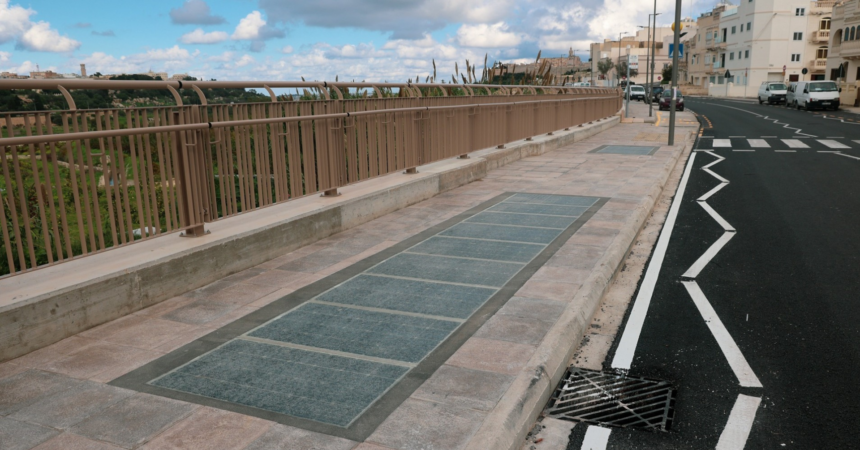

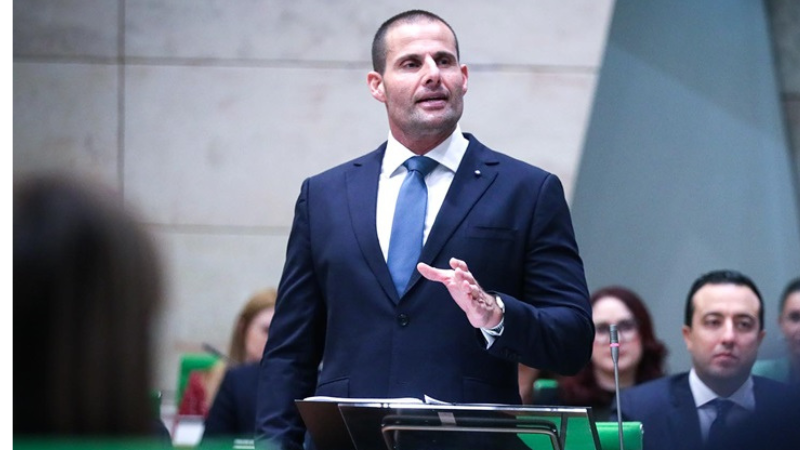
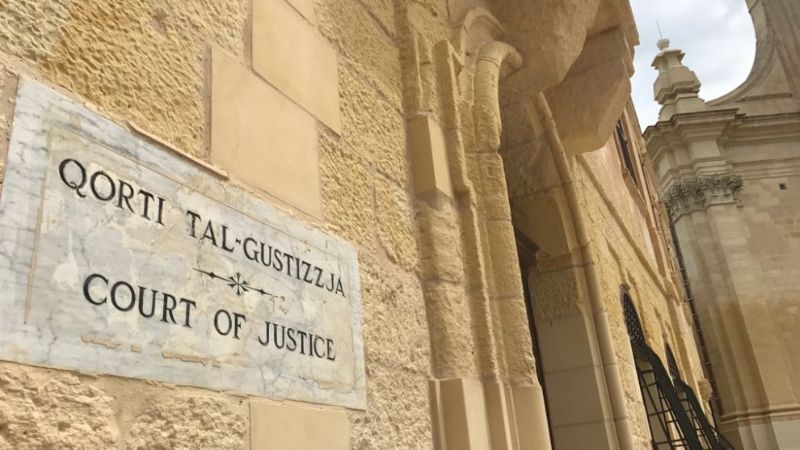
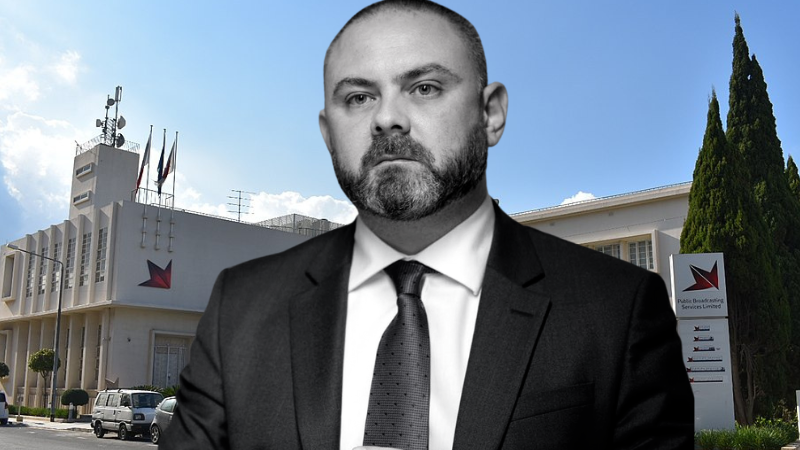
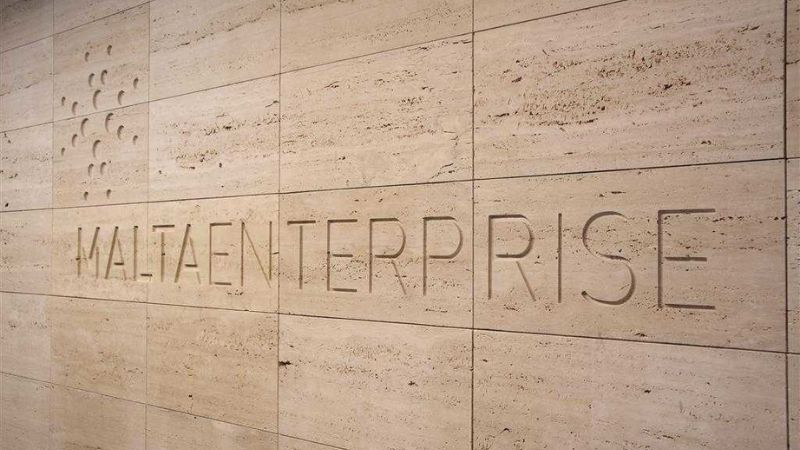







The calculations were all wrong?
I mean the energy calculations.